The house mouse (Mus musculus) is a small mammal of the order Rodentia, characteristically having a pointed snout, small rounded ears, and a long naked or almost hairless tail. It is one of the most numerous species of the genus Mus. Although a wild animal, the house mouse mainly lives in association with humans.
BEHAVIOR:
House mice usually run, walk, or stand on all fours, but when eating, fighting, or orienting themselves, they rear up on their hind legs with additional support from the tail - a behavior known as "tripoding". Mice are good jumpers, climbers, and swimmers, and are generally considered to be thigmotactic, i.e. usually attempts to maintain contact with vertical surfaces.
REPRODUCTION:
One female can have 5 to 10 litters per year, so the mouse population can increase very quickly. Breeding occurs throughout the year. However, animals living in the wild do not reproduce in the colder months, even though they do not hibernate.
The pups are born blind and without fur or ears. The ears are fully developed by the fourth day, fur begins to appear at about six days and the eyes open around 13 days after birth; the pups are weaned at around 21 days. Females reach sexual maturity at about six weeks of age and males at about eight weeks, but both can copulate as early as five weeks. If the infants live in high temperatured area from birth, they will become less-haired. Although house mice can be either monogamous or polygamous.
DISEASE:
House mice can sometimes transmit diseases, contaminate food, and damage food packaging.
HABITAT:
Mice are hardy creatures that are found in nearly every country and type of terrain. They can live in forests, grasslands and manmade structures easily. Mice typically make a burrow underground if they live out in the wild. Their burrow helps protect them from predators. Their natural predators are cats, birds, Snakes, wild dogs and foxes.
Mice are nocturnal, meaning they like to sleep during the day. This is why pet mice or house mice can be heard playing or foraging during the night. Most wild mice are timid toward humans and other animals, but they are very social with other mice. Domestic mice are very friendly toward humans and can make good pets for older children and adults.
Mice are very territorial. Even domestic mice like to have a large area that they can claim as their own.
Control:
Non chemical and chemical control methods to be applied in place according to the sensitivity of the place.
Contact your pest management professional and request an inspection, to prepare a comprehensive pest management plan that will effectively and efficiently deal with the specific pest problem.
Some devices used for non chemical control:
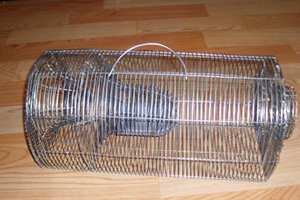 1- Multi catch Rat cage 1- Multi catch Rat cage |
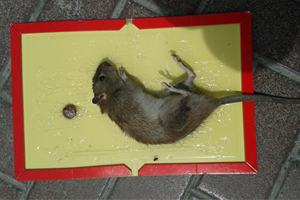 2- Rodent Glue Board 2- Rodent Glue Board |
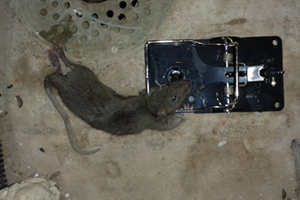 3- Rodent Snap Trap 3- Rodent Snap Trap |
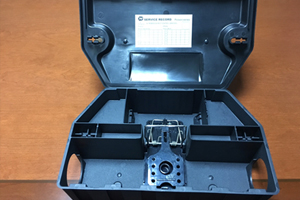 4- Rodent Bait Station with Snap trap inside 4- Rodent Bait Station with Snap trap inside |
Device used for chemical control:
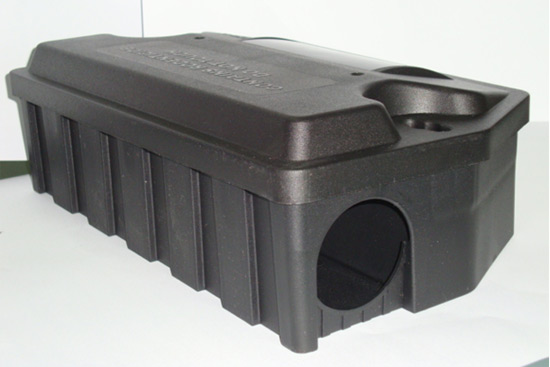 1- Rodent Bait Station 1- Rodent Bait Station |
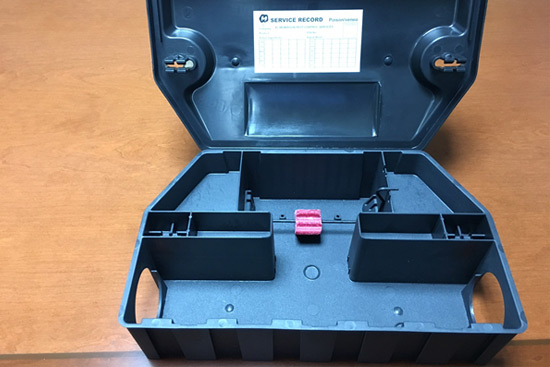 2- Rodent Bait Station with Poison inside 2- Rodent Bait Station with Poison inside |

